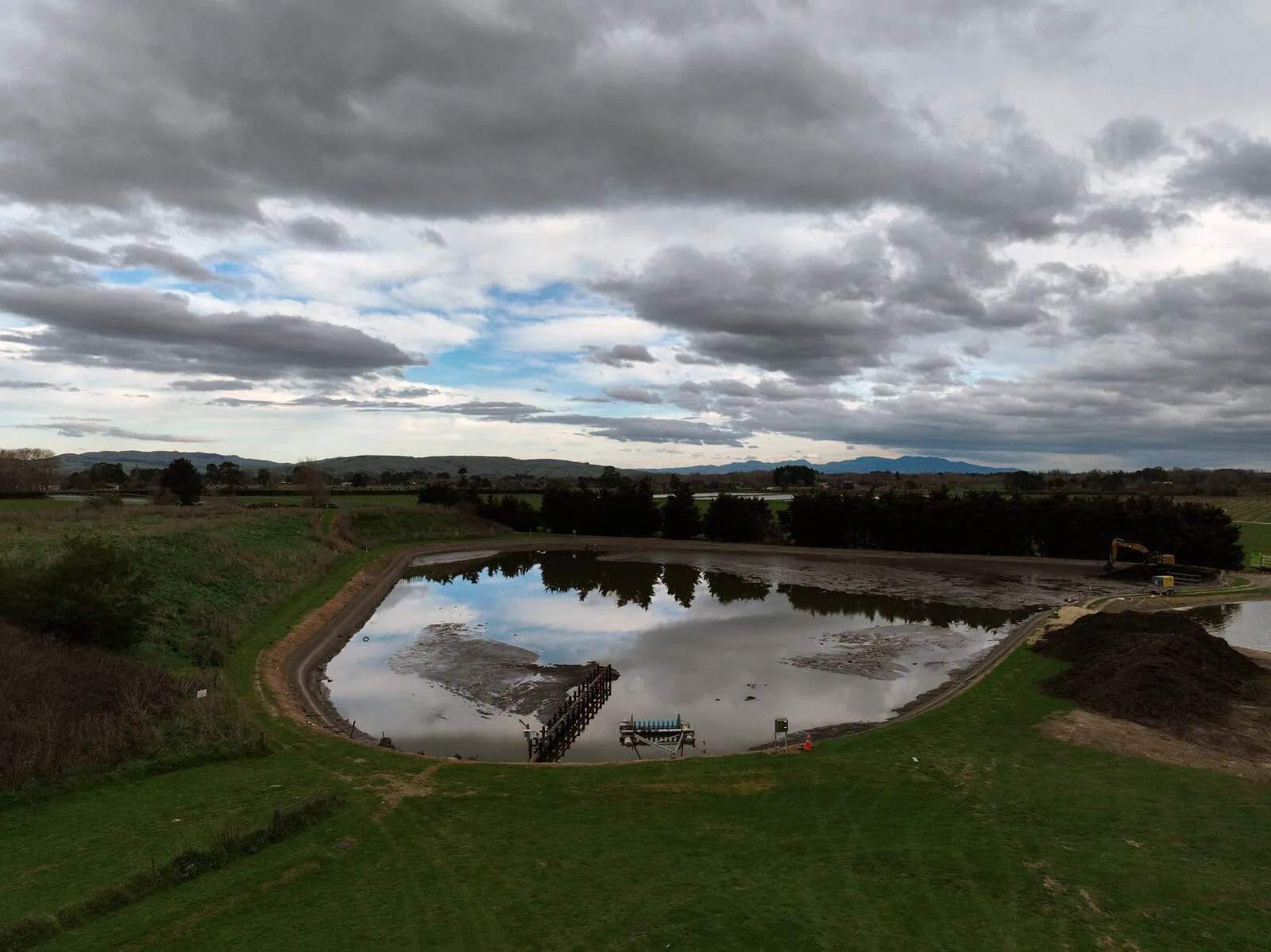Overview
What is sludge?
Sludge is the semi-solid material left over after wastewater treatment. Traditionally, it’s disposed of in landfills or requires complex processing. Our approach uses lime pads to naturally compost the sludge, turning it into a usable product without the need for a resource consent.
How this composting process works
Lime stabilisation: The sludge is mixed with lime, which raises its pH and temperature. This kills harmful pathogens and stabilises the material.
Natural composting: The treated sludge is laid out on lime pads and allowed to compost over time. Microorganisms break down the organic matter, transforming it into a soil-like material.
Safe reuse: Once fully composted, the material is suitable for use in land rehabilitation and other non-food applications. It meets environmental safety standards and supports sustainable land management.
Environmental benefits
- Reduces landfill waste
- Minimises greenhouse gas emissions
- Produces a valuable resource for land improvement
- Avoids the need for resource consent due to its non-food application
Global inspiration
Similar projects around the world have successfully reused treated sludge for land restoration, agriculture (non-food), and energy production. Our initiative builds on these proven methods while tailoring the process to local needs and environmental conditions.
Project Updates
(text to come)
What’s next?
We’ll keep you updated throughout this trial, both online and through our Project & Policy Committee meetings.
If you have any questions, send us an email : info@cdc.govt.nz
There is further information about the project below!
Timeline
Planning and budgeting
Description
Trucking in Lime
Description
Mixing Lime
Description
Panorama
tap the panorama to scroll it
Photos
Video
Other projects










